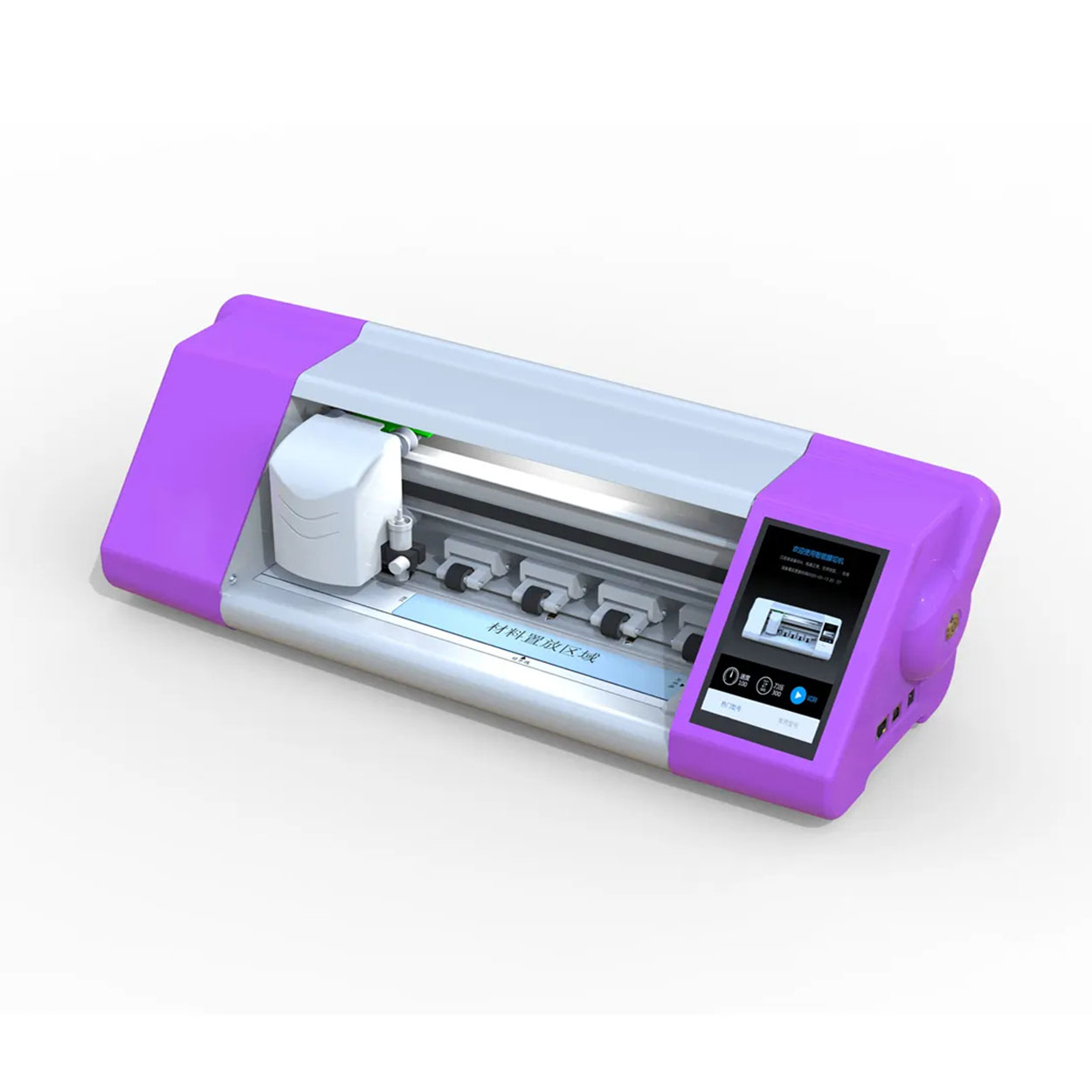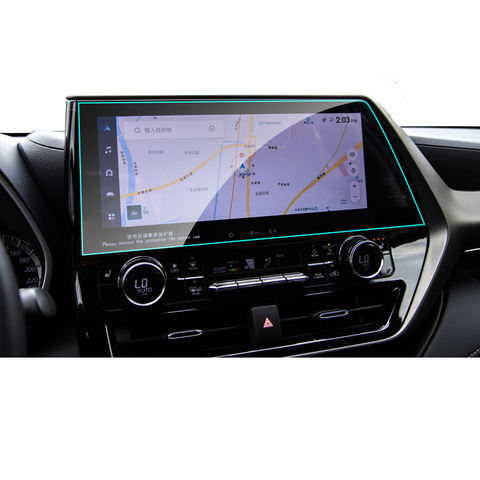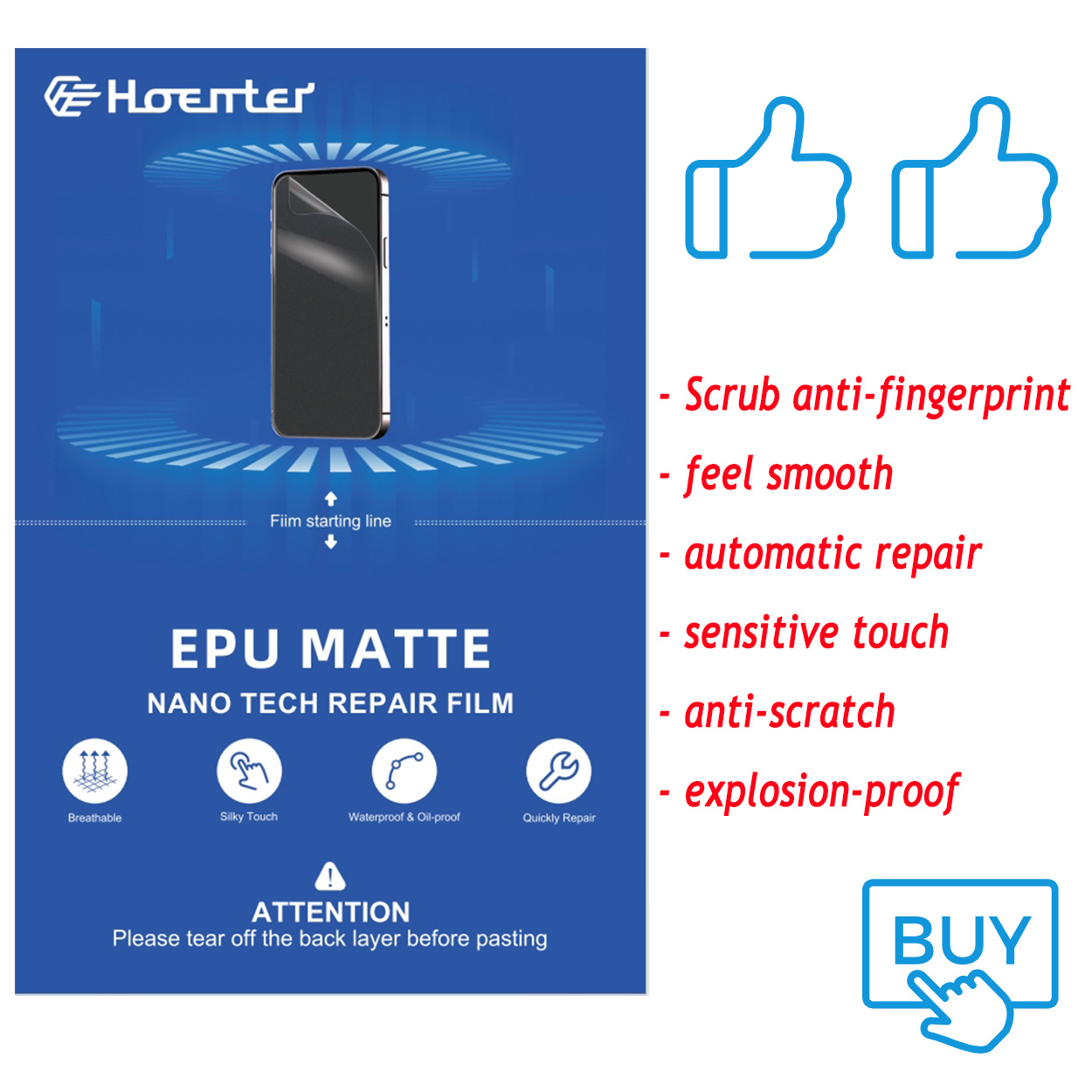
How to Apply a Screen Protector Without Air Bubbles: A Foolproof Guide
Table of Contents
Extract
Why Is a Bubble-Free Screen Protector Important?
Before we dive into the application process, let’s understand why it’s crucial to apply your screen protector without air bubbles:
- Improved Visibility: Bubbles can distort your screen’s display, making it harder to read or view content.
- Better Touch Sensitivity: A properly applied protector ensures optimal touch responsiveness.
- Longevity: Bubbles can lead to premature peeling or damage to the protector.
- Aesthetics: A smooth, bubble-free surface looks more professional and appealing.
Now that we know the importance, let’s get into the nitty-gritty of bubble-free application.
What Supplies Do You Need for a Perfect Application?
Gathering the right tools is half the battle. Here’s what you’ll need:
- Screen protector (glass or film)
- Microfiber cloth
- Cleaning solution (alcohol wipes work well)
- Dust removal stickers
- Credit card or squeegee
- Well-lit, dust-free environment
Having these items on hand will set you up for success.
How Do You Prepare Your Device for Screen Protector Application?
Proper preparation is key to avoiding air bubbles. Follow these steps:
- Thoroughly wash and dry your hands to avoid transferring oils or dirt.
- Power off your device to prevent accidental touches during application.
- Remove any existing screen protector or case.
- Clean the screen meticulously with the cleaning solution and microfiber cloth.
- Use dust removal stickers to pick up any remaining particles.
Remember, a clean screen is your best defense against air bubbles!
What’s the Best Technique for Aligning Your Screen Protector?
Correct alignment is crucial for a bubble-free application. Here’s how to do it:
- Carefully peel back a small portion of the protective film from the adhesive side.
- Align the exposed adhesive with the top edge of your device, using features like the speaker or camera as guides.
- Gently lower the protector onto the screen, starting from the top.
- As you lower, use your fingers to guide the protector into place.
Take your time with this step – rushing can lead to misalignment and bubbles.

How Do You Apply the Screen Protector to Minimize Air Bubbles?
Now for the main event – applying the protector without trapping air:
- Once aligned, slowly peel away the rest of the protective film while lowering the protector.
- Use your finger to press down on the center of the protector.
- Working from the center outwards, use the credit card or squeegee to push out any air.
- Apply firm, even pressure as you move towards the edges.
If you notice any stubborn bubbles, don’t panic! We’ll address those next.

What Should You Do If Air Bubbles Appear During Application?
Despite your best efforts, you might still encounter some bubbles. Here’s how to deal with them:
- For small bubbles, use the squeegee to gently push them towards the nearest edge.
- For larger bubbles, carefully lift the nearest corner of the protector and reapply that section.
- If bubbles persist, remove the entire protector, clean both surfaces, and start over.
Remember, patience is key. It’s better to take your time than to rush and end up with a bubbly mess.
Are There Any Special Considerations for Different Types of Screen Protectors?
Different protectors may require slightly different techniques:
- Glass Protectors: These are more rigid and may be easier to apply without bubbles.
- Film Protectors: These are more flexible and may require a wet application method to prevent bubbles.
- Curved Screen Protectors: These need extra care to ensure full adhesion around the edges.
Always read the manufacturer’s instructions for specific tips related to your protector type.
How Can You Maintain Your Bubble-Free Screen Protector?
Once you’ve achieved that perfect, bubble-free application, here’s how to keep it that way:
- Avoid pressing too hard on the edges of the protector.
- Clean your screen regularly with a microfiber cloth to prevent dirt buildup.
- Be cautious when using your device in extreme temperatures, as this can affect adhesion.
- If you notice any lifting at the edges, gently press them down with a clean finger.
With proper care, your bubble-free screen protector will continue to serve you well.
What Are Common Mistakes to Avoid When Applying Screen Protectors?
Learn from others’ errors to ensure your success:
- Applying in a dusty or humid environment
- Touching the adhesive side of the protector
- Using too much pressure during application
- Rushing through the process
- Ignoring manufacturer instructions
Avoiding these pitfalls will significantly increase your chances of a perfect application.
Can You Remove and Reapply a Screen Protector?
Sometimes, you might need to remove and reapply your protector. Here’s what you need to know:
- Carefully peel off the protector from one corner.
- Clean both the screen and the protector’s adhesive side thoroughly.
- Follow the original application steps to reapply.
Note that some protectors may lose adhesiveness after removal, so have a backup ready just in case.
Key Takeaways: Mastering Bubble-Free Screen Protector Application
To wrap up, here are the most important points to remember:
- Prepare your workspace and gather all necessary materials before starting
- Clean your device’s screen meticulously to remove all dust and debris
- Align the screen protector carefully before beginning the application
- Apply the protector slowly, working from the center outwards
- Use a squeegee or credit card to remove air bubbles as you go
- Be patient and take your time – rushing leads to mistakes
- If bubbles appear, address them immediately using the techniques discussed
- Maintain your protector properly to ensure its longevity
- Avoid common mistakes like touching the adhesive or applying in a dusty environment
- Remember that practice makes perfect – don’t get discouraged if your first attempt isn’t flawless
By following these guidelines, you’ll be able to apply screen protectors like a pro, ensuring your device stays protected and bubble-free. With a little patience and the right technique, you’ll master the art of perfect screen protector application in no time!
Comments

Universal Matte Screen Protector For Screen Cutter
Using our Matte screen protectors enhance grip during intense gaming, preventing slippery aim or movement issues caused by sweat, ensuring superior control.

How to choose the best screen protector factory for your business
Choosing the right screen protector factory is critical to your business and can significantly impact product quality, customer satisfaction, and overall profitability.

Is Tpu Screen Protector Shock Resistant?
The are pivotal in determining the durability, functionality, and user experience of
modern mobile devices.

Best Mobile Phone Screen Protector Cutting Machine
Discover the future of mobile protection with our guide to screen protector cutting machines. Learn how film cutters create custom screen protectors

Honda Accord EX-L Navigator GPS Tempered Glass
Protect your Honda Accord EX-L’s navigation screen with our premium tempered glass protector.
Tags
Find All knowledge and trends from our blog, get the wholesale price and best quality from our factory.

What Film Cutting Machine and Its Application
Film cutting machines have played a crucial role in the evolution of filmmaking and various industrial processes by enabling precise cutting and splicing of film materials.

What Is a Screen Protector Cutting Machine?
A screen protector cutting machine is a specialized device designed to produce custom-fit screen protectors for various electronic devices, including smartphones, tablets, smartwatches, laptops, and monitors.

How Mobile Phone Screen Protector Cutting Machine Work?
A mobile phone screen protector cutting machine is a sophisticated device designed
to produce customized screen protectors for various digital devices with high preci
sion and efficiency.

Characteristics of Mobile Phone Tempered Glass and Mobile Phone TPU Screen Protector
Thermoplastic polyurethane (TPU) screen protectors are flexible, durable, and
self-healing plastic films designed to protect electronic device screens from
scratches, impacts, and other potential damages.

Revolutionize Device Protection with Screen Guard Cutting Machine
Whether you possess a smartphone, tablet, or smartwatch, this versatile machine accommodates a vast array of devices. It seamlessly adapts to the dimensions of your gadget, offering a custom fit that generic protectors can’t match.

Screen Protector Lifetime Warranty
A screen protector lifetime warranty is a guarantee provided by manufacturers that
promises to repair or replace a screen protector for the lifetime of the product, under specific terms and conditions.




